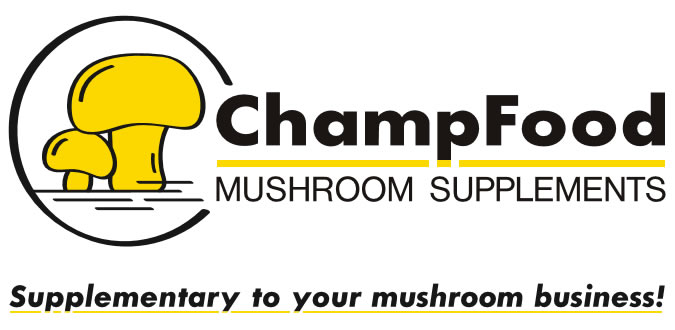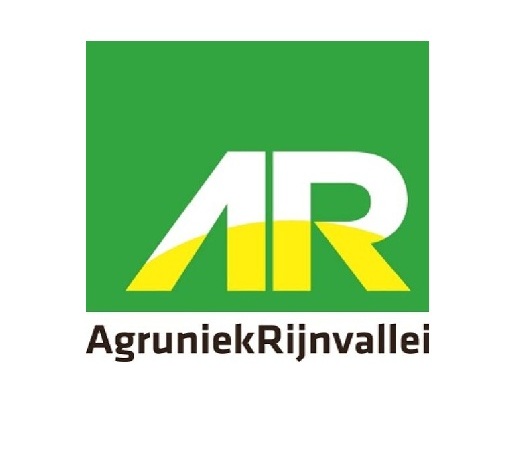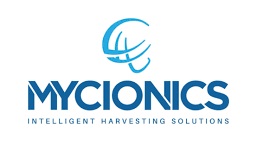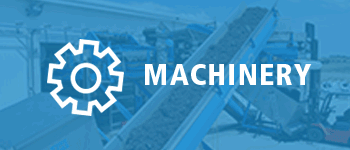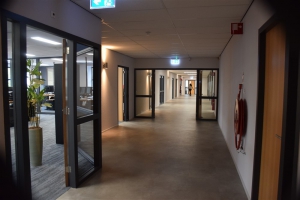The recent shortage of straw and hay in parts of North America and Europe has sparked a flurry of questions regarding what can be used as a substitute for compost ingredients. We thought a quick review of materials listed by Dr. Lee Schisler at the North America Mushroom Conference in the 80s and other materials that may be available around North America and elsewhere would be of some interest. There may be materials that we are not discussing that could be used as compost ingredients, but most likely in areas where better materials are not readily available.
Bulk Ingredients
Straw, whether it be straight wheat straw or bedded horse-manure straw, is the most common bulk ingredient used around the world. Other varieties like barley and rye can be used, although composting practices will need to be modified for these types of straw. The nitrogen, cellulose, hemicellulose, and lignin content of these straws may vary based on the variety, but differences are probably more related to where and how it is grown. Rice straw, although used in SE Asia, is generally not a desirable material as it is physically short, tough, and hard to break down. Oat straw is also a poor material; as it composts, it quickly becomes flat and soft, contributing to anaerobic conditions. Sorghum and sugar cane fodder can be used, but the stalks should be physically crushed before starting the composting process.
Corn fodder is starting to be used; our research has suggested 25% might be the most one could add to a straw-hay formula without negatively influencing yields. Its structure may also limit its use in systems that do not physically chop the fodder. In Pennsylvania and parts of Canada, mulch hay is a common bulk ingredient, timothy and orchard grasses being the most common varieties. Alfalfa can be used, but it is higher in N and physically can be more challenging to compost. Generally, in hay-based formulas, other bulk ingredients are used to provide additional carbohydrates to the formula. These bulk ingredients include corn cobs (ground or pelletized), cottonseed hulls (as is or pelletized). Less common are items such as hardwood bark or chips; deciduous leaves are used seasonally at one progressive farm, but the collection and storage of this material are challenging. Potato peel and slicer waste has been reported to be an option, but it is probably not commonly used because of problems associated with handling and storage of these high-moisture materials.
Other bulk ingredients that have been tried include peanut and rice hulls, but they are very high in lignin and hard to break down in the short composting times found at most commercial farms. Softwood barks have compounds (phenolic?) toxic to Phase 2 microbes and mushroom mycelium. Kenaf core, a by-product of the fiber collection process, and recycled paper wastes are possible ingredients, but at low amounts, say no more than 5-10% of the total volume. Additional research should be conducted, as paper waste is much different today than when this work was first reported in the 1970s. At this time, we consider spent mushroom compost as a filler material with no useable nutrients or used as an avenue to dispose of small quantities; however, research is being done to determine if larger quantities can be used as a bulk ingredient or as a supplement. Mushroom stumps are often disposed of in compost, but add little to the value of the compost.
Supplements
The “inorganic” sources of nitrogen, those with no carbohydrates, are historically used in synthetic formulas only and at no more than 25 lbs. per dry ton of other ingredients. The most common and only one still readily available is urea, often used with straight wheat straw formulas as a starter ingredient to “soften” the straw early in the pre-conditioning process. Calcium Cyanamid has been reported to be a substitute but must be pH adjusted and is not a commonly available ingredient, and hence not widely used. These inorganic supplements need to be added early in the composting process and are not readily available to the Phase II microbes.
More “organic” supplements, ones with carbohydrates readily available, are valuable but more expensive and therefore generally used later in the composting process to ensure there is a balanced formula. These ingredients include more common materials such as brewer’s and or distiller’s grain, cocoa bean hulls (contain an oil that microbes like), cottonseed meal, bedded poultry manure, ground soybean, rapeseed screenings, and sugar cane bagasse. Poultry manure for broilers is most common, but layer poultry manure, dried and processed, may also be used. The nitrogen content of poultry manure may vary depending on the source, number of flocks bedded on it, and other factors, so it is suggested to analyze the N content on a regular basis. Liquid poultry manure is used in some tunnel facilities that are designed to handle it. Rapeseed oil meal (expeller or solvent) or screenings are more likely to be available in the northern states and in Canada.
Other not so common supplements would be brewers dried yeast, buckwheat millings, castor bean meal, corn gluten feed (include bran), corn gluten meal, feather meal, fish solubles, linseed oil meal (Flax seed), malt sprouts, peanut oil meal, safflower oil meal (expeller or solvent), sesame oil meal (expeller or solvent), single cell protein, soybean screenings, soybean oil meal (expeller or solvent), cocoa hulls, sugar beet pulp (source of carbon), sunflower oil meal (expeller or solvent), wheat bran, wheat germ meal, and wheat mill run. Feather meal is high in N, so it is important to have a good distribution in the mixing. Fish solubles are high in moisture and difficult to handle.
Other feedlot manures can be used if generously bedded on straw with an effective pre-conditioning period, although I know of a small hobbyist grower who was composting straight cow manure (no straw) and successfully growing mushrooms. Blood meal has nitrogen, but in a form that has very little available to the microbes in Phase II. Apple pumice and paunch are too acidic and easily go anaerobic; therefore, they would not be adding desirable characteristics to the formula.
As you can see, there is a wide variety of raw materials available, and it is up to each of you to decide what works. What works in one part of the world, or at one farm, might not necessarily work in a different system. Material availability and economics will also play an important role in deciding what raw materials work for you.
GTL Europe: innovation and sustainability in turnkey solutions for mushroom cultivation and composting
We, as Mushroom Matter, had the opportunity to take a look behind the scenes at GTL Europe, a leading player in the world of mushroom cultivation and composting. What struck us immediately was the company's humble and down-to-earth approach. Without too much adornment, they demonstrate professionalism and focus on delivering tailor-made solutions that help shape the future of their customers.
Mission and Vision
GTL Europe stands for innovative, tailor-made total solutions that take mushroom cultivation and composting to the next level worldwide. This goal is driven by their technical expertise and commitment to long-term customer relationships. Ruud Keunen, Sales Manager at GTL, puts it aptly: ‘Where we can add value, that's where we deliver.’ At the heart of their business is being a long-term partner and always working together to realise their customers' growth ambitions.
The origins of GTL Europe - Geraedts + Thilot + Lemmen
In 1996, Jack Lemmen saw an opportunity in the market, there were no companies offering complete turnkey solutions for compost companies and nurseries. ‘Customers were getting bigger and bigger and their needs were changing. There was more demand for custom-made systems that were not only technically sound, but also looked ahead to the future,’ says Ruud. This led to the creation of GTL Europe, which has since pioneered in providing integrated systems that perfectly fit their customers' vision.
Innovation and sustainability
During our visit, it became clear that a stable and progressive partner for the mushroom market. As Ruud puts it, ‘There is always a solution to be found, and that is exactly what we excel at. We are a stable partner that thinks with our customers and develops long-term visions.’
GTL has therefore invested heavily in automation. A good example is their picking optimisation system, which supports pickers in selecting mushrooms. Thanks to the machine's tiltable design, pickers work more ergonomically.
GTL is motivated to innovate by constant developments in the mushroom market. For example, the kilogram price of mushrooms is much higher than that of other fruits and vegetables, which increases the pressure on the production process. Staff availability also plays an important role - it is increasingly difficult to find sufficiently qualified staff for the various tasks in the process. Competitiveness also requires constant improvement and innovation to keep up with market demand. All this has prompted GTL to invest further in new technologies to improve both productivity and workload.
In addition, GTL has developed automatic packaging, which explores new packaging solutions to improve the entire production chain. This type of innovation, coupled with their experience, makes GTL a pioneer in the industry.
Turnkey projects
Another important part of GTL Europe's work is their focus on turnkey projects. From initial ideas to the complete installation of systems for mushroom cultivation and composting, GTL takes care of the entire process. Ruud explains: ‘Our projects usually last between 12 and 14 months, depending on the size and complexity. We make sure that everything is tailor-made so that it fits perfectly with the client's requirements.’ The focus on customisation ensures that GTL clients always get the best solution that works well not only now, but also in the long term.
Human relationships
What we found special is the human side of GTL Europe. Ruud and his team pride themselves on the long and stable relationships they maintain with customers. ‘We find it important that we are not just another supplier. We want to be a real discussion partner. And that's not just about technology, but mainly about understanding the customer's vision and making it a reality together.’ These long-term relationships are the backbone of the company, and it appears that GTL Europe invests in both technology and the people they work with.
Departments and expertise
GTL Europe has four main departments: Constructions, Equipment, Controls and Engineering. These departments work closely together to provide tailor-made solutions covering the entire process of mushroom cultivation and composting. From design and engineering to installation and commissioning, GTL is involved every step of the way. They offer customer-oriented designs, technical expertise and a broad knowledge of laws and regulations surrounding the sector.
We were impressed by their down-to-earth outlook, broad market knowledge and guts to invest. What also struck us is that at GTL, long tenures are the rule rather than the exception. There is also plenty of room for young talent, a great development in the mushroom sector.
A nice detail: all meeting rooms are named after the hometowns of their employees. GTL is an inspiring company in every sense and you will hear and see more from them on our platform Mushroom Matter!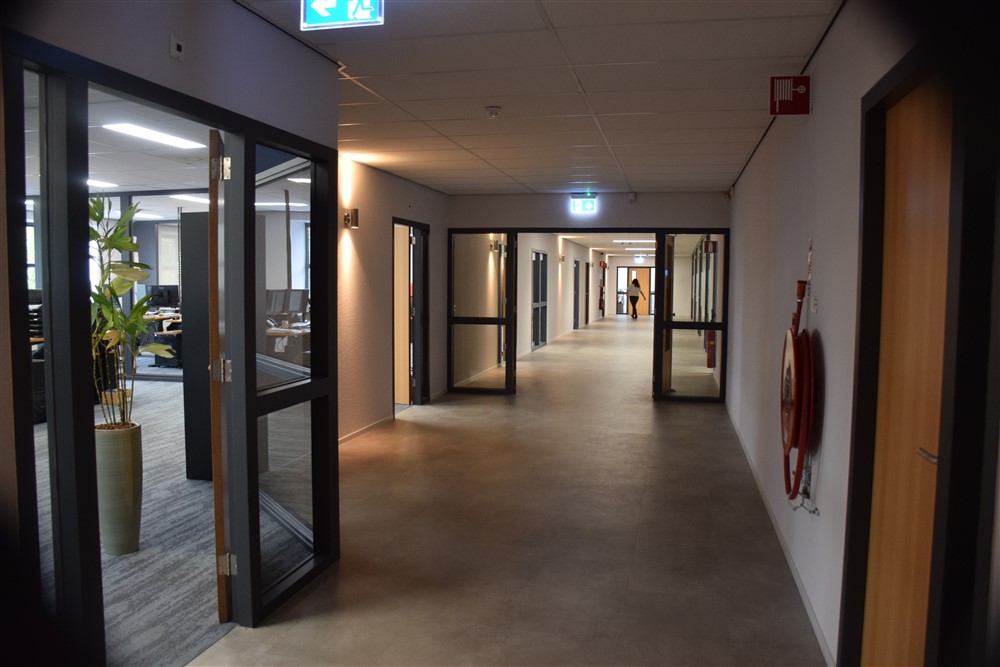

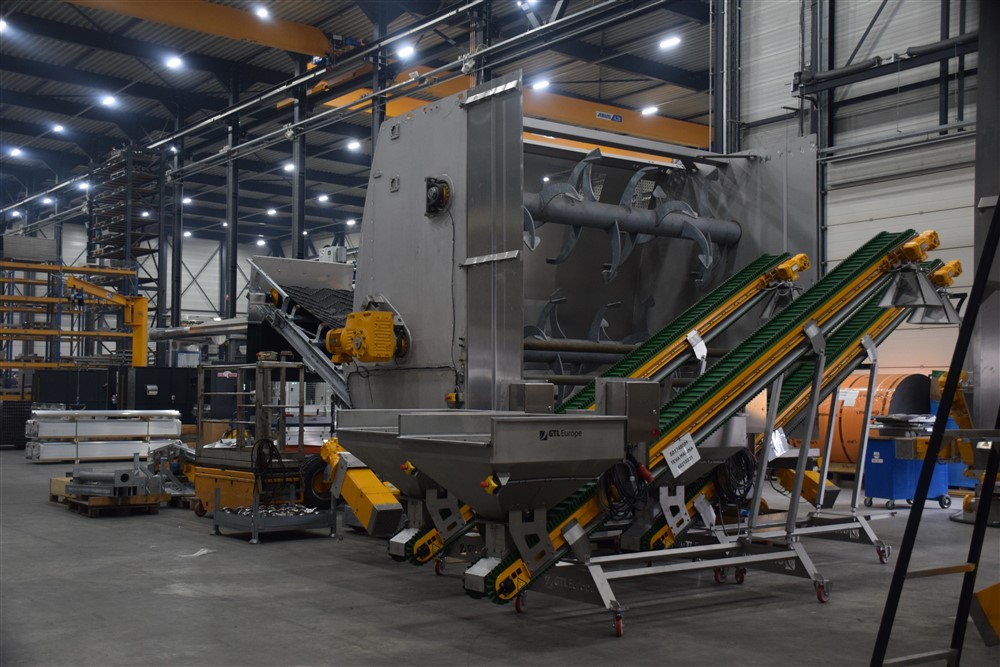
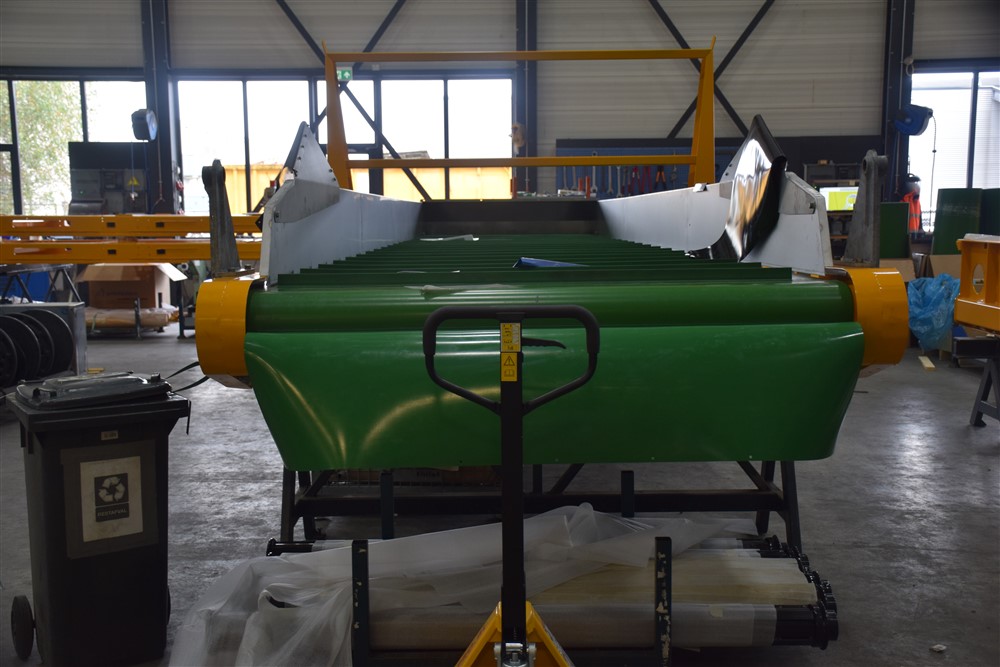

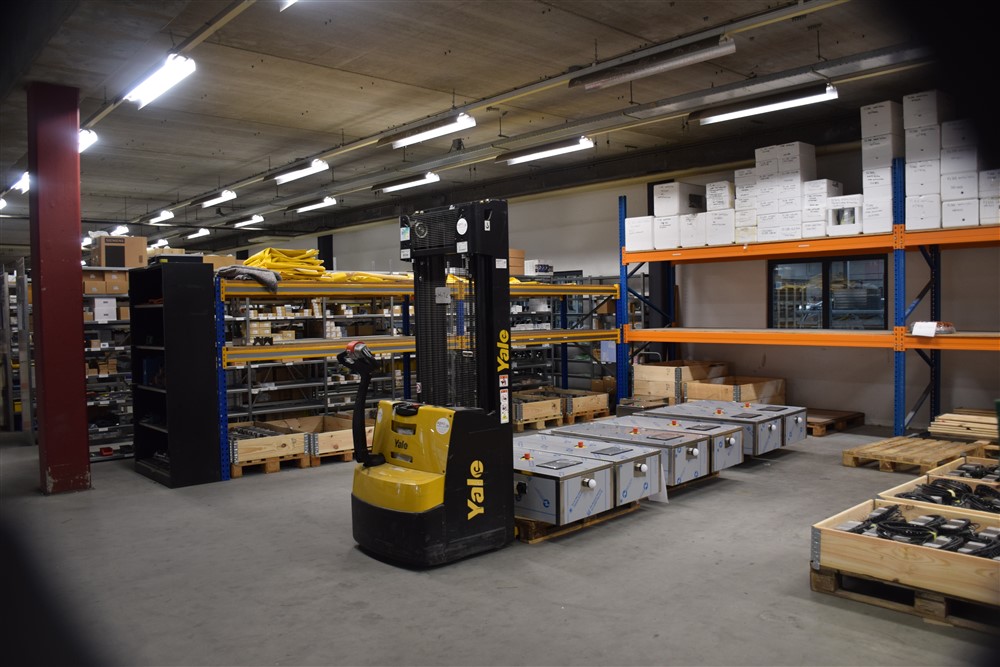
Total Mushroom Service is owned by Jeroen van Lier and is a Dutch-based company with over 25 years of experience in the mushroom composting and production industry. The company offers independent and unbiased advice, training courses, and more to support composting and mushroom production.
One of the key specializations of Total Mushroom Service is providing tailored advice for composting companies and mushroom farms. They help to maintain a balance between costs and revenue, enabling growers to run a sustainable business. The company offers insights into all aspects of the business, including the cultivation process itself, to optimize the formation of the business and achieve a profitable business case. Jeroen: ‘At Total Mushroom Service, we give guidance from start to end of the process, ensuring long-term success through monitoring and evaluation of the advice we give. As the owner of the company, it's important to me that our clients receive the best support possible and achieve their goals in the mushroom composting and production industry.’
‘Starting a profitable business in the mushroom and composting industry requires management skills and knowledge of the current market and cultivation process’.
We provide all the necessary knowledge to give new entrepreneurs a solid foundation. Based on the experience, objectives, and size of the business, a plan can be made to reach the desired goal together.
The company offers tailored courses and training sessions, which can be conducted on-site. The courses are designed to meet specific requirements, such as training personnel or providing a refresher course for experienced staff. Total Mushroom Service remains involved even after the training, providing structural oversight of the necessary processes.
In addition to the above services, Total Mushroom Service provides technical building guidance for the construction, expansion, or renovation of mushroom farms. With 25 years of experience in the industry, Jeroen can provide support for every phase of the building process.
Total Mushroom Service can also offers support for other technical and business-related issues in the mushroom market, including business-economic guidance.
Contact Total Mushroom Service here



